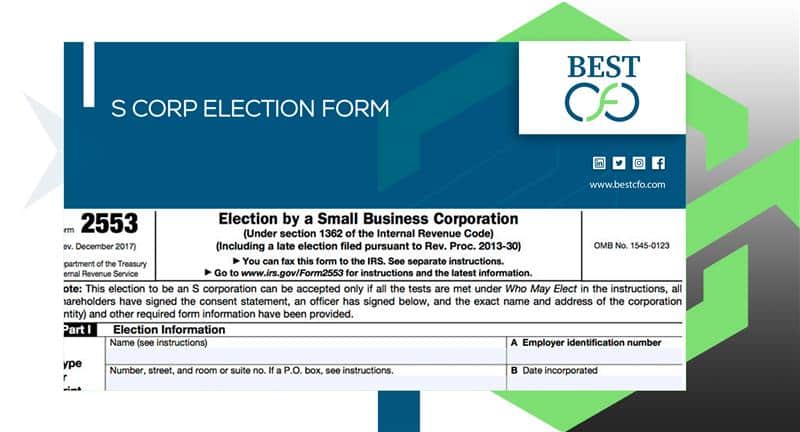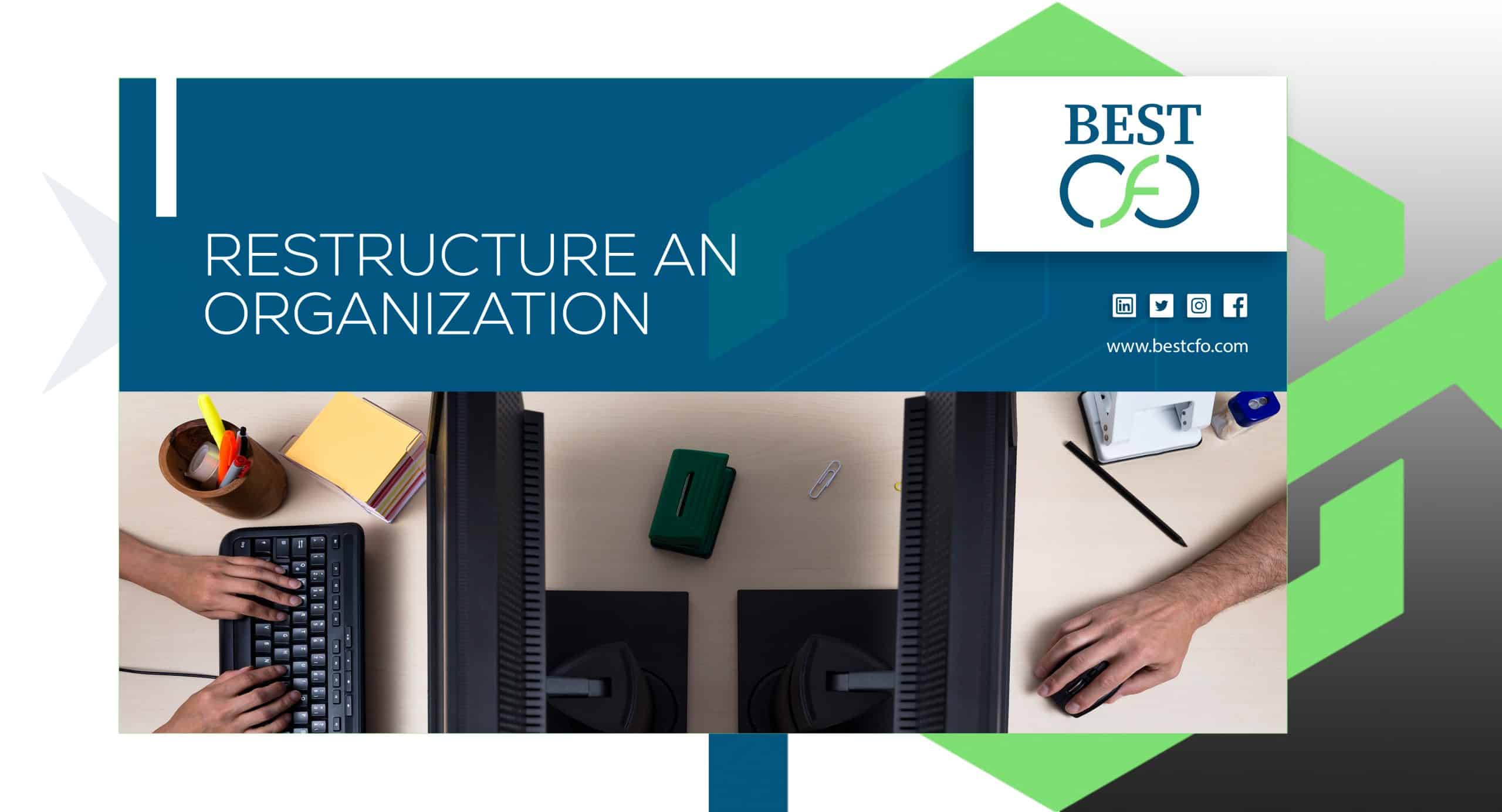
| Getting your Trinity Audio player ready... |
IRS Form 2553: How To File S Corp Election Form 2553?
Taxes are overwhelming when you run your own small business. A way you may be able to reduce what you owe is by making your company an S corporation. To do this, you’ll need to complete the S corp election form called Form 2553. The tax form allows your company to be taxed differently and could mean huge tax savings for you.
In this guide, we will take you through what IRS Form 2553 is all about, who needs to use it, and how to properly file it. Whether you are an LLC or C corporation seeking to alter your corporation status, this guide contains what you need.
Understanding S Corporation Elect Form
An S corporation (S corp) is one of the special corporation election options designed for small firms. It makes your company’s profits and losses flow directly into your individual income tax return rather than being taxed twice—once on the company level and once on the individual level.
This form of corp election is beneficial if you’d like to eliminate double taxation and reduce your self-employment tax. You make this official by filing Form 2553 with the Internal Revenue Service (IRS).
Who Should File IRS Form 2553?
Not every business needs to file Form 2553. But if you’re trying to reduce your federal tax or switch your taxation structure, it may be a smart move.
Here’s who may need to file:
- New or existing LLCs looking to elect S corporation status
- C corporations that want to become an S corp
- Businesses that qualify as a small business corporation
- Companies trying to avoid double taxation
- Businesses that meet the IRS rules for S corp election
Criteria For Qualifying To Submit Form 2553
To qualify for S corporation status and complete Form 2553, your business must meet these conditions:
- Must be a domestic corporation
- Must have no more than 100 shareholders
- Shareholders must be U.S. citizens or residents
- Only one class of stock is allowed
- Certain trusts, estates, and tax-exempt organizations can be shareholders
- Cannot be an ineligible corporation (such as certain banks or insurance companies)
- Must choose a fiscal year that fits IRS rules or stick to the calendar year
S Corp Election Form 2553 Guide
Form 2553 filing might sound complicated initially, but dividing it into sections makes it simpler. Form 2553 is comprised of four components. Let’s go through them one by one so you can file Form 2553 properly.
Section 1: Election Data
This section includes basic data like:
- Your business name
- Employer Identification Number (EIN) (sometimes called the identification number)
- Business address
- Date of incorporation
- The date you want the S corp status to start
- Officer’s name and signature
- Information about all shareholders
Make sure this section is filled out completely and truly matches your business records.

Section 2: Selection of Fiscal Tax Year
You select your tax year here. Most businesses use the calendar year, but some may use a fiscal tax year that is different. If you are applying for a non-calendar year, you will need to provide an explanation.
Selecting the incorrect tax year may cause delays, so ensure this is the same as on your previous tax return filings.
Section 3: Qualified Subchapter S Trust (QSST) Election Under Section 1361(d)(2)
If one of your shareholders is a trust, and that trust wants to be handled as a Qualified Subchapter S Trust (QSST), you require to fill out this part. The trust must also offer formal authorization for the election by a small enterprise.
Section 4: Late Corporate Classification Election Representations
If you are filing the form after the IRS deadline, this part is important. It allows you to describe the reason your corporation election is late and provides an opportunity to request late acceptance.
You will need to provide reasonable cause for failing to meet the deadline and put in some added statements.
Process Of Submitting Complete Form 2553
Once you’ve filled out all the sections, it’s time to send in your complete Form 2553. Here’s how:
- Double-check all information, especially your EIN and business name
- Make sure all shareholders sign where needed
- Keep a copy for your records
- Mail or fax the form to the IRS office for your state
You can also submit it through a CPA professional like BestCFO if you’d rather not handle it yourself.
Deadline Of Submission 2553?
To get S corp status for the current tax year, you must file Form 2553:
- No more than two months and 15 days after the beginning of the tax year you want the change to start
- Or any time in the year before the new tax year begins
If you’re late, you might still be accepted if you have a good reason. But don’t count on it—get it in on time to avoid issues with your income tax or federal tax filings.
Final Thoughts
Selecting S corporation status can benefit your small company corporation by saving it money on taxes. It can also make your company seem more professional. However, filing needs to be undertaken with some caution.
Whether you’re an existing LLC seeking to alter your elect s corp status or an initial business planning ahead, IRS S Corp Election Form 2553 is your initial move. Simply ensure you qualify, meet the deadline, and file the form with all the correct information.
FAQs
What is IRS Form 2553 used for?
It’s the official form to elect S corporation status with the IRS. This helps a business avoid double taxation and pass profits directly to the owners’ income tax return.
Can an LLC file Form 2553?
Yes. If the LLC meets the rules for S corps, it can use this tax form to change its corporation status.
What happens if I miss the Form 2553 deadline?
You may still qualify for late election by a small business if you have a valid reason. Fill out Section 4 and attach your explanation.
Does filing Form 2553 affect my state taxes?
It depends. Some states honor the federal corp election, while others require a separate tax filing.
Is it hard to file Form 2553 by myself?
It’s not too hard if you follow each section closely. Still, working with a tax expert can make it smoother and ensure everything is filled out correctly.
Related Posts
What Are The 7 Qualities That Make A Good Team Player?
What Are The Best Ways to Improve Business Performance Ever felt like your business is…
How To Restructure An Organization? Complete Guide 2025
Tangible vs Intangible Assets: What’s The Difference? Let’s be real: asset talk doesn’t exactly scream…
Food and Beverage Consultant: Guide Every Restaurant Needs
Tangible vs Intangible Assets: What’s The Difference? Let’s be real: asset talk doesn’t exactly scream…
How To Deal With Angry Customers: 15 Tips & Tricks
Everything You Need t o Know About Variable Compensation In today’s fast-moving world of business,…
 Demos
Demos  Colors
Colors  Docs
Docs  Support
Support 














